John Hurrell – 9 October, 2013
Imogen Taylor's title for this show is catchy, with moons and organically porous forms visible in several works. With the complicated logistics of such an array, and a definite hard-edged, masked, or rules-based selection (like Shin, Cousins, Ingram and Morris) left out, it is clear there is a certain deliberate focus to these domesticly sized works.
Papakura
Group exhibition of paintings
Porous Moonlight
Curated by Imogen Taylor
7 September - 19 October 2013
Selected and hung by Auckland painter, Imogen Taylor, Porous Moonlight consists of eighteen paintings from a dozen nationally known artists - including some art historical figures, long deceased - spread over two rooms (one light: mainly natural; the other darker - with spots) in Papakura Art Gallery. A mixture of abstraction and (occasionally surrealist) figuration, with most of the work organic and not severely pristine, the selection is lively and unpredictable - successfully avoiding sterility and setting up new contexts. Most artists have two works.
The presence of Frances Hodgkins and Michael Illingworth sets up historical models for expressive figuration that much later painters like Saskia Leek and Nicola Farquhar provide foils for as they test the confines of the ‘penetrated’ picture plane. Other artists, like Dan Arps, startlingly use real space manipulated within a shallow tray that is covered with a grille and bordered by lumpy barnacle-like encrustations. That work is closer to Joseph Cornell meets Marcel Broodthaers, plus it includes shellish curls of pasta and real locks that bring a Max Ernstlike ambience.
Others, like Claudia Jowitt, use lighting conditions to reveal on their delicate pastel surfaces tiny zigzagging ridges of pinched paint, crystalline histories that reveal an interest in barely detectable relief sculpture - a use of the diminutive that is easy to miss.
The linear is more overtly pronounced in Diena Georgetti’s warmly coloured paintings, crisscrossing formations that provide a net of angular sticks, crosses and diamond planes with straight and circular accentuated edges. Delighting in flat shape and rhythm they bring real architectural presence. On the other hand Amber Wilson’s less holistic, flattened articulations are paler overall, but with overlaid grids of patterned flicks and scrolled carpet forms. They use compositional clusters and bursts of isolated, raw colour to catch your eye. Avoiding depth, you skate over the surface, enjoying the regular, finely honed, squiggly formations.
In Anoushka Akel’s painting the brushmarks are also floating, but not impeded by structure, though occasionally overlaid. The dry wipes and flicks suggest rapid time - a spontaneous painting performance - yet they also seem vaguely figurative and oddly Australian. We see traces of wispy smoke hovering over a barren desert landscape (in shimmering heat) with a standing ‘Ned Kelly’ figure. Paradoxically the work delights in a love of woven grain, bristle-scratch and oily smudge.
Stella Corkery’s painting is the opposite, revelling in greasy paint, and vertical: long skittery skids - sliding cascading marks that churn downward through red and blue horizontal stripes and greyish tertiaries as if impelled by gravity. Brushed to scrape and push, these lines have the almost marbled background merging with the drama of the frontal action: in the multi-hued sludge, not on (or over) it. In comparison, Denys Watkins’ love of shape, nuanced edge and ‘clean’ - mottled but not viscously muddy - colour leads to works that are very different. Background is never confused with foreground, for placement and lyricism are inseparable. With their hints of Kitaj and Miro, Watkins’ perfectly composed assortments of glowing piscine shapes, wheels, logs and lamp stands demonstrate the confidence that only an experienced practitioner can bring.
Imogen Taylor’s title for this show is catchy, with moons and organically porous forms visible in several works. With the complicated logistics of such an array, and a definite hard-edged, masked, or rules-based selection (like Shin, Cousins, Ingram and Morris) left out, it is clear there is a certain deliberate focus to these domestically sized works. While it is a shame Taylor did not write a substantial essay to elaborate on her curatorial position, drawing out the methodological enthusiasms so evident in her choices, it is exciting to see an ambitious project of this type supported by a regional public facility like Papakura’s. Hopefully there will be more to come.
John Hurrell
Recent Comments
John Hurrell
Since writing my review, I have heard this. That fact is commendable. Even more admirable would be if the curator's ...
Hanna Scott
I believe that Papakura Art Gallery does have a publication planned for this exhibition.
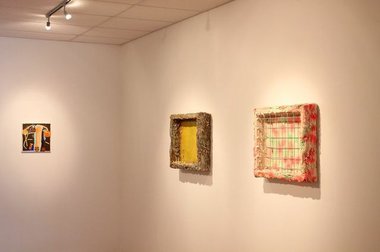

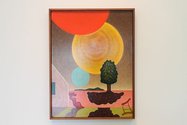

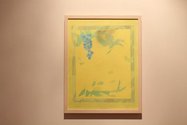
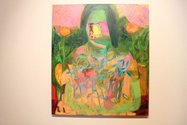
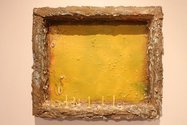
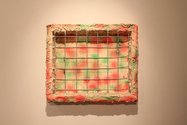

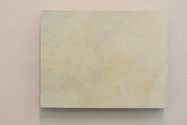
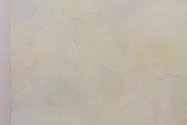
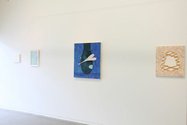
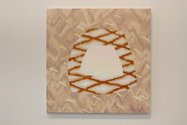
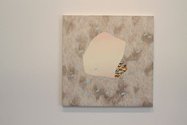
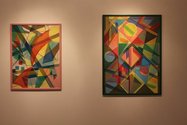
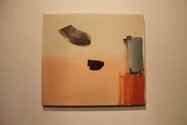
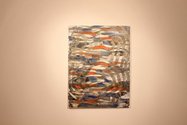
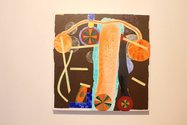

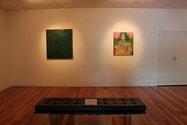
 Two Rooms presents a program of residencies and projects
Two Rooms presents a program of residencies and projects Advertising in this column
Advertising in this column



This Discussion has 2 comments.
Comment
Hanna Scott, 9:39 p.m. 15 October, 2013 #
I believe that Papakura Art Gallery does have a publication planned for this exhibition.
John Hurrell, 10:34 p.m. 15 October, 2013 #
Since writing my review, I have heard this. That fact is commendable. Even more admirable would be if the curator's essay could be read in the presence of the exhibition. Then one could attend to the intricacies of the discussion while analysing the displays at first hand, testing any putative correlations.
Participate
Register to Participate.
Sign in
Sign in to an existing account.